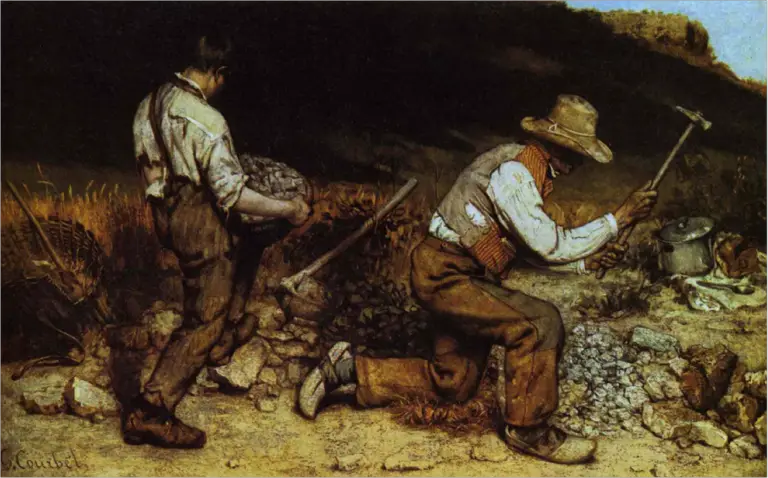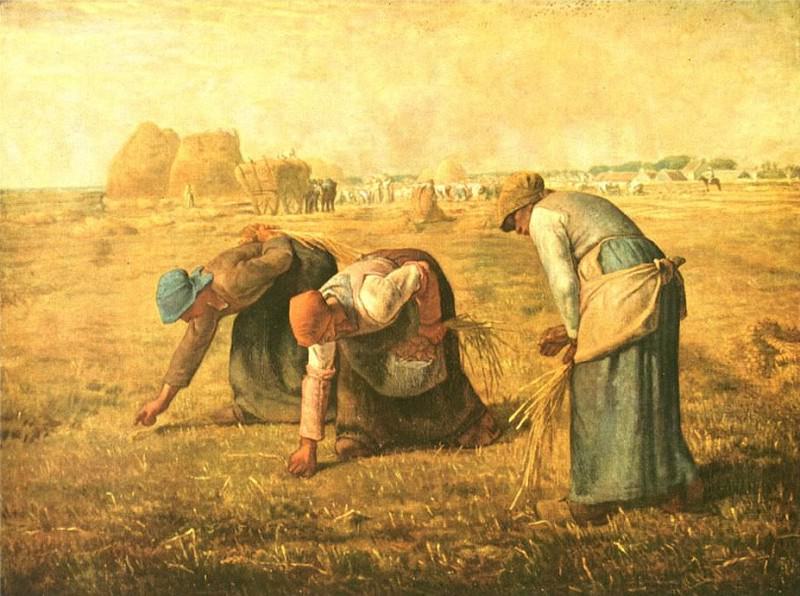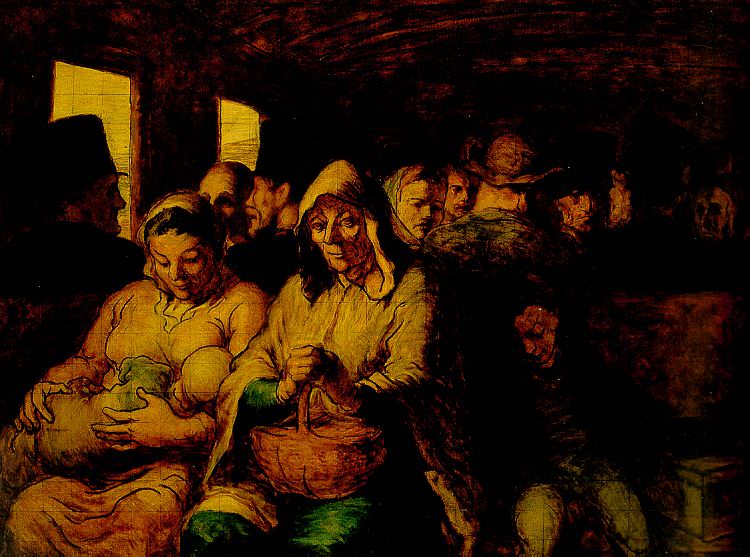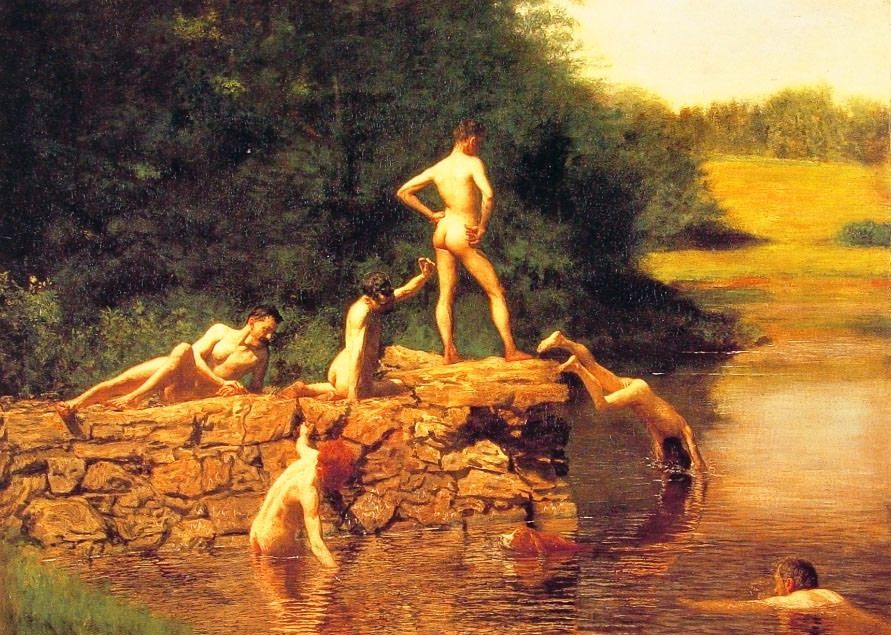Art Styles: Realism
Realism, a prominent art style that emerged in the mid-19th century, revolutionized the way artists approached representation. With its focus on portraying subjects truthfully and accurately, Realism rejected idealized and romanticized interpretations. This article delves into the captivating history of Realism, exploring its origins, key characteristics, and notable artists who left an indelible mark on the movement.
Origins and Key Characteristics: Realism emerged as a reaction against the prevailing romantic and academic art of the 19th century. Artists sought to capture the world as it truly appeared, moving away from idealized themes and historical narratives. They directed their attention towards contemporary subjects, ordinary people, and everyday life. The movement gained momentum in France during the 1840s and quickly spread across Europe and beyond.
One of the key characteristics of Realism was its emphasis on meticulous observation and representation of details. Artists meticulously depicted the physical attributes of their subjects, often highlighting the hardships and realities of the working class. Realist paintings displayed a keen eye for light, color, and texture, achieving a remarkable level of naturalism.
Notable Artists: Realism produced a remarkable array of talented artists who significantly contributed to the movement's development. Here are a few notable figures:
- Gustave Courbet (1819-1877): Often regarded as the father of Realism, Courbet challenged the art establishment with his unflinching depictions of ordinary people and rural landscapes. His masterpiece, "The Stone Breakers," exemplifies the movement's commitment to representing the struggles and dignity of working-class individuals.

Jean-François Millet (1814-1875): Millet's works focused on rural life, particularly peasants working in the fields. With paintings like "The Gleaners," he captured the realities of labor and social inequality, conveying deep empathy for the hardships endured by the lower classes.

Honoré Daumier (1808-1879): Daumier's keen eye for social critique made him a master of satirical realism. Through his caricatures and drawings, he exposed the flaws and injustices of French society. His series "The Third-Class Carriage" provides an insightful glimpse into the lives of ordinary train passengers.

- Thomas Eakins (1844-1916): A prominent American Realist, Eakins is known for his meticulous attention to anatomical detail. His paintings, such as "The Gross Clinic" and "The Swimming Hole," showcase his ability to capture human forms with remarkable precision, reflecting the scientific spirit of the era.


Comments ()